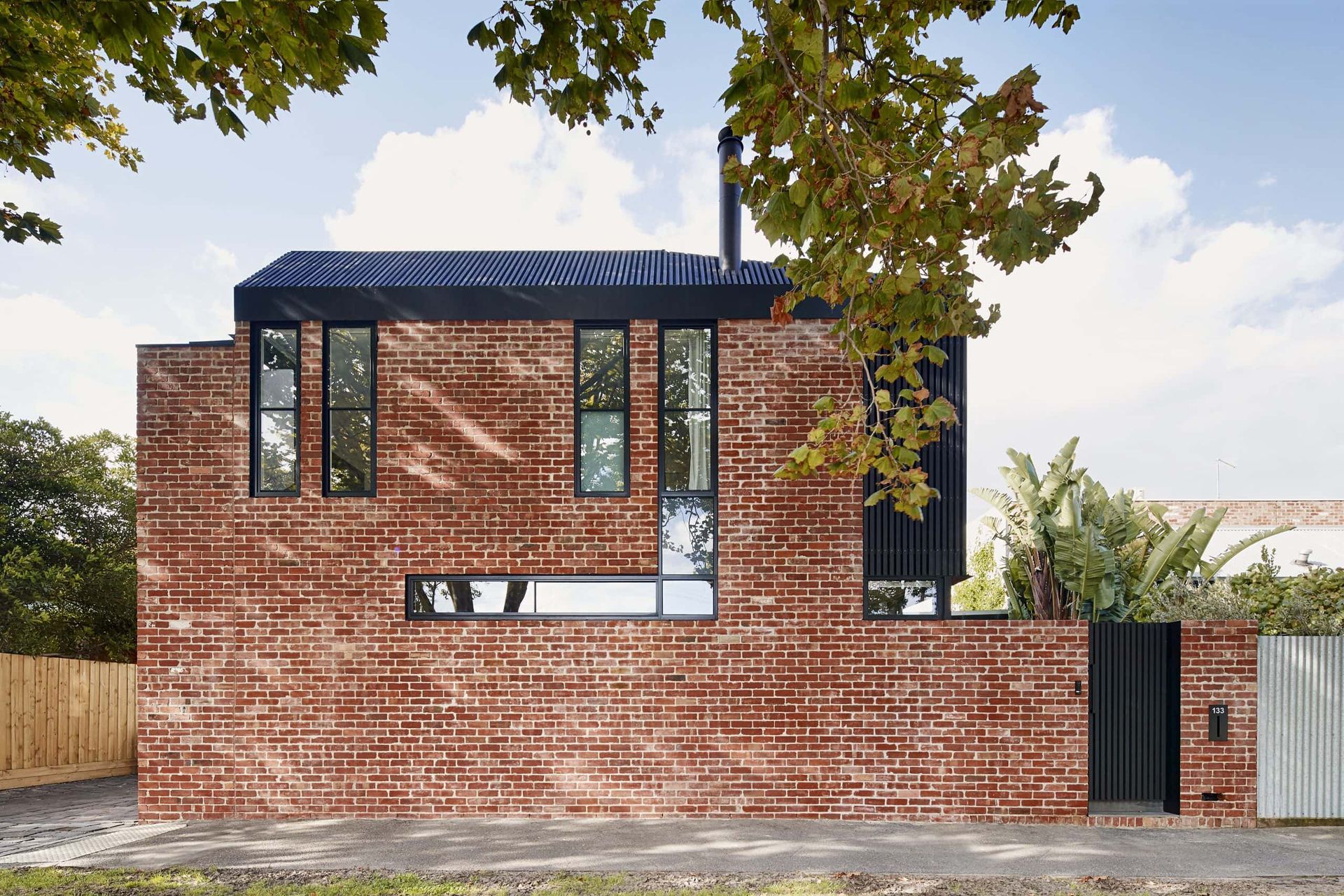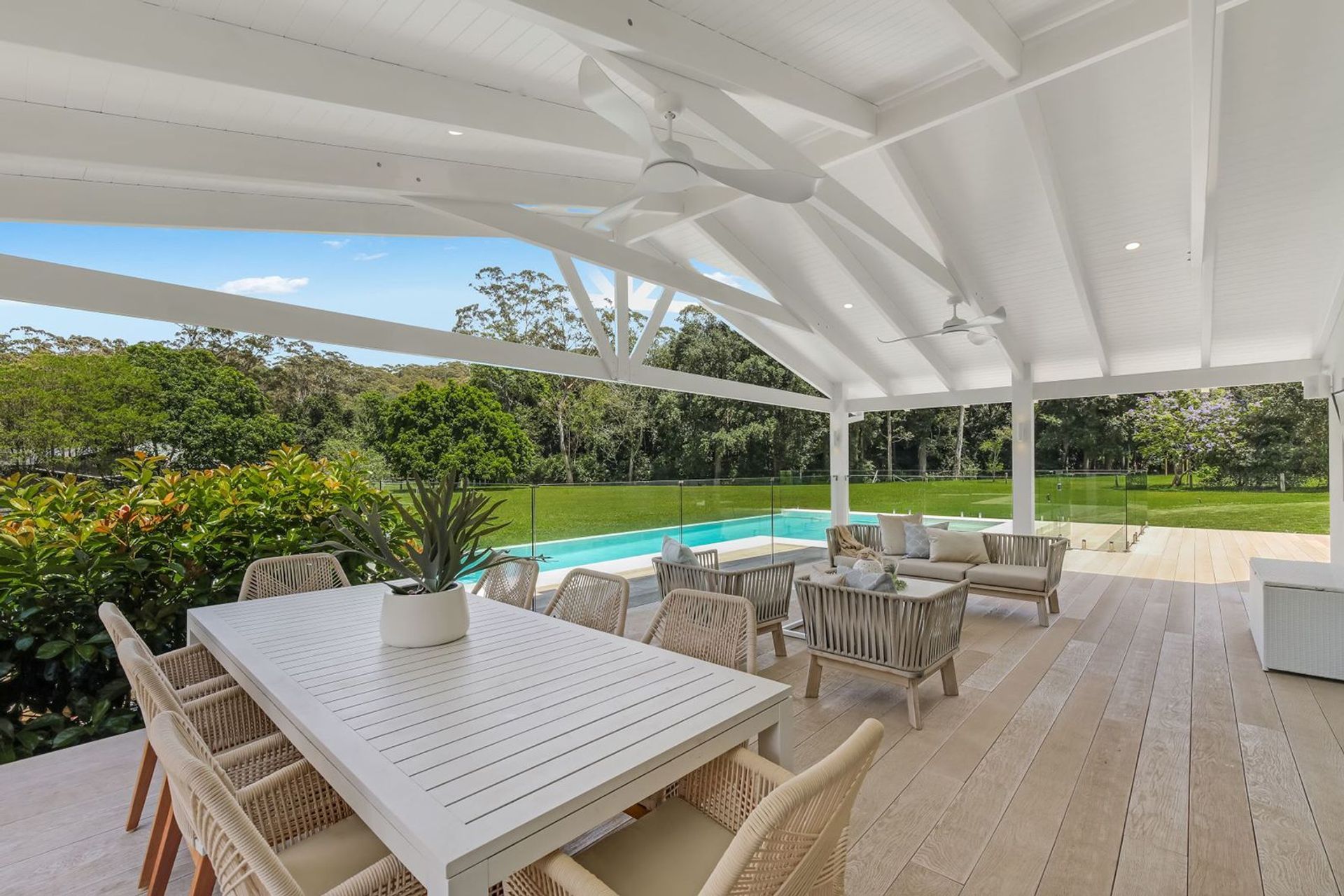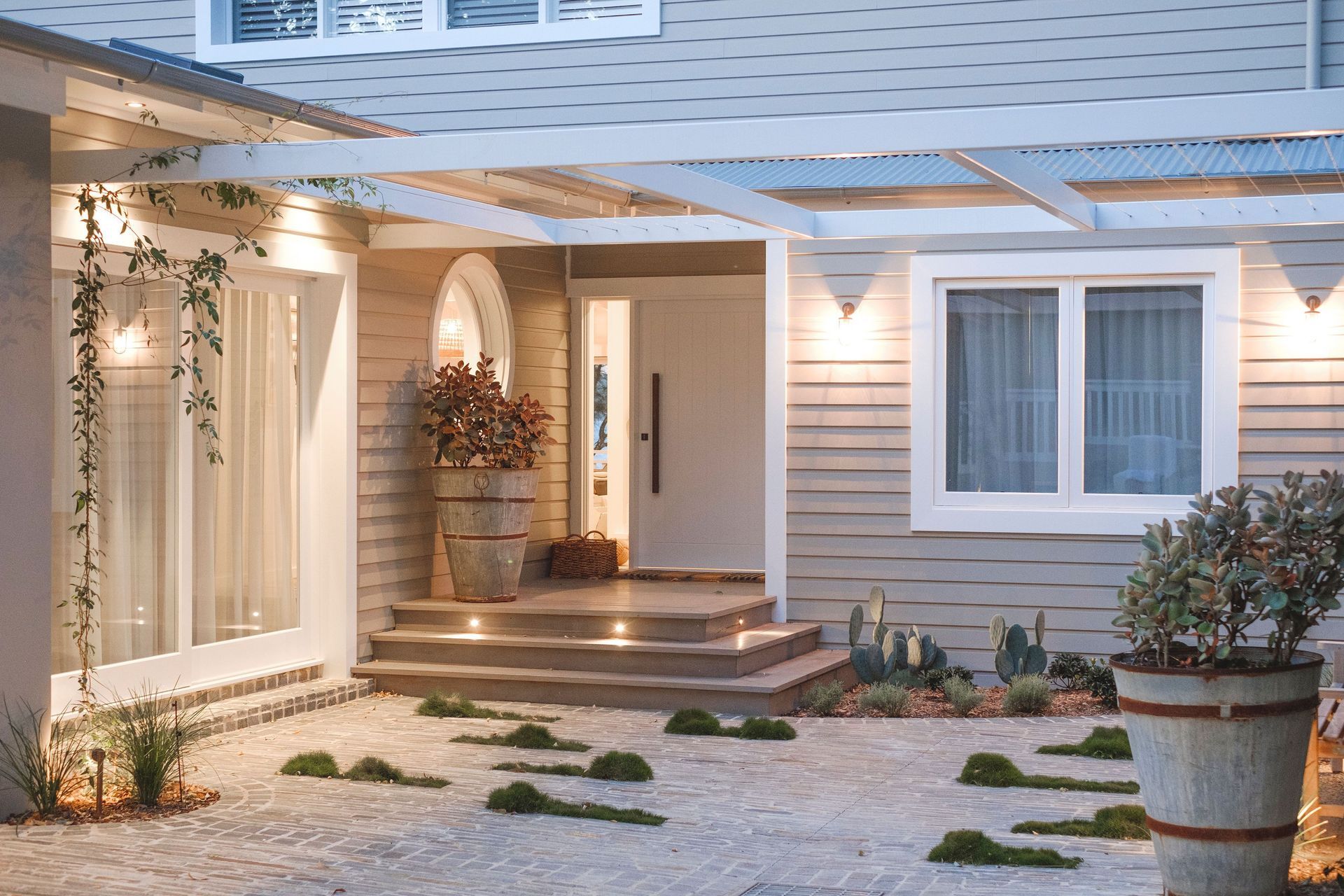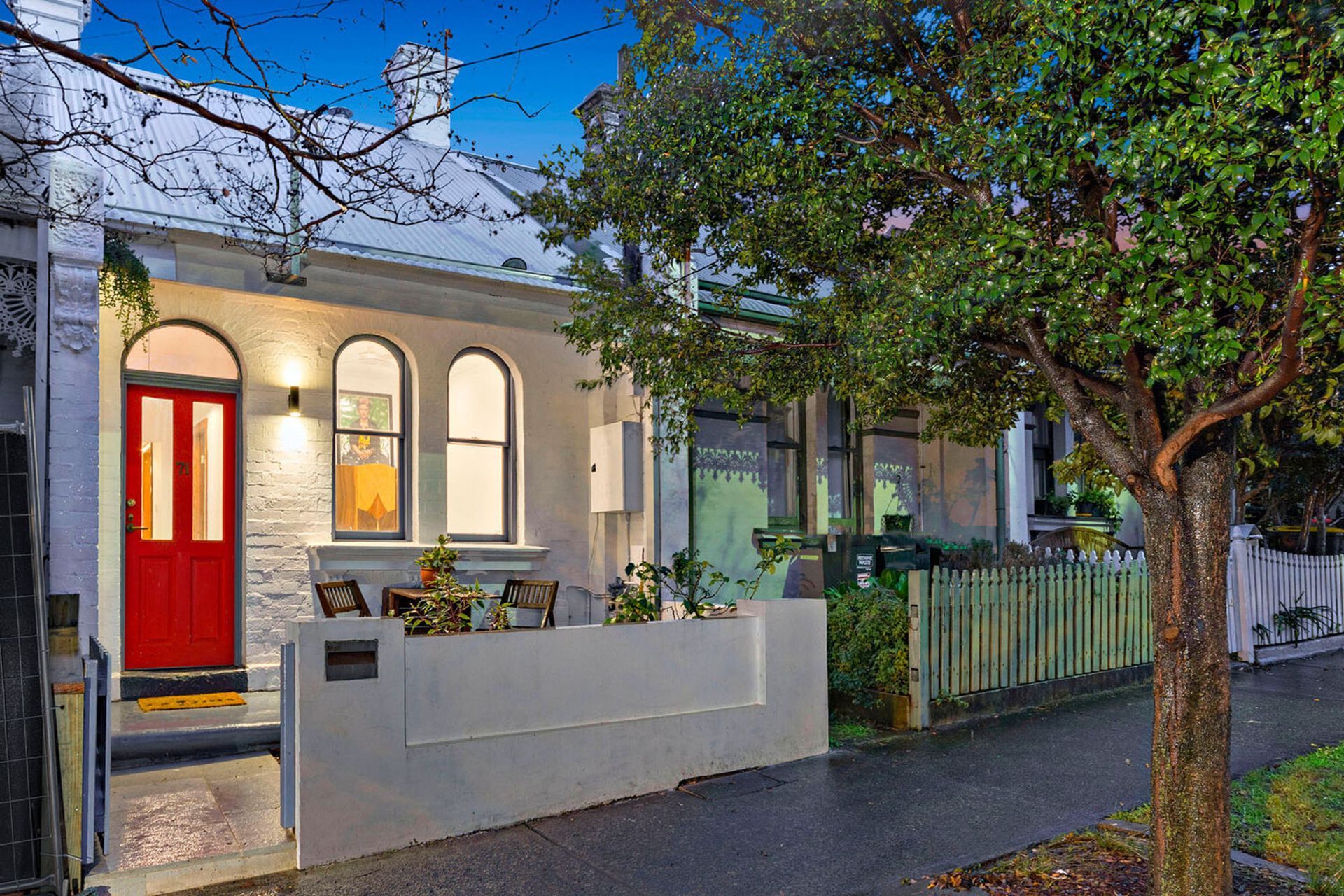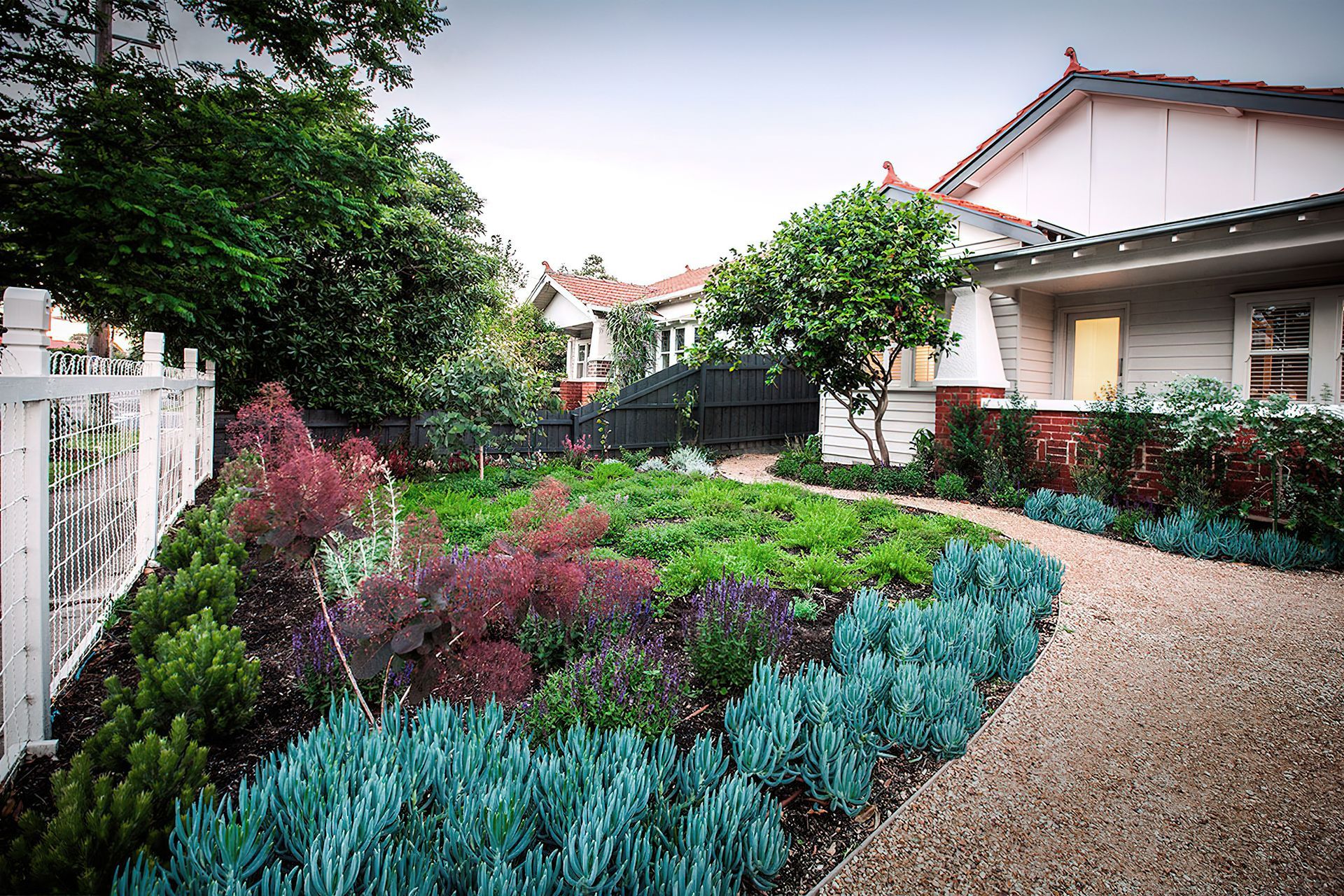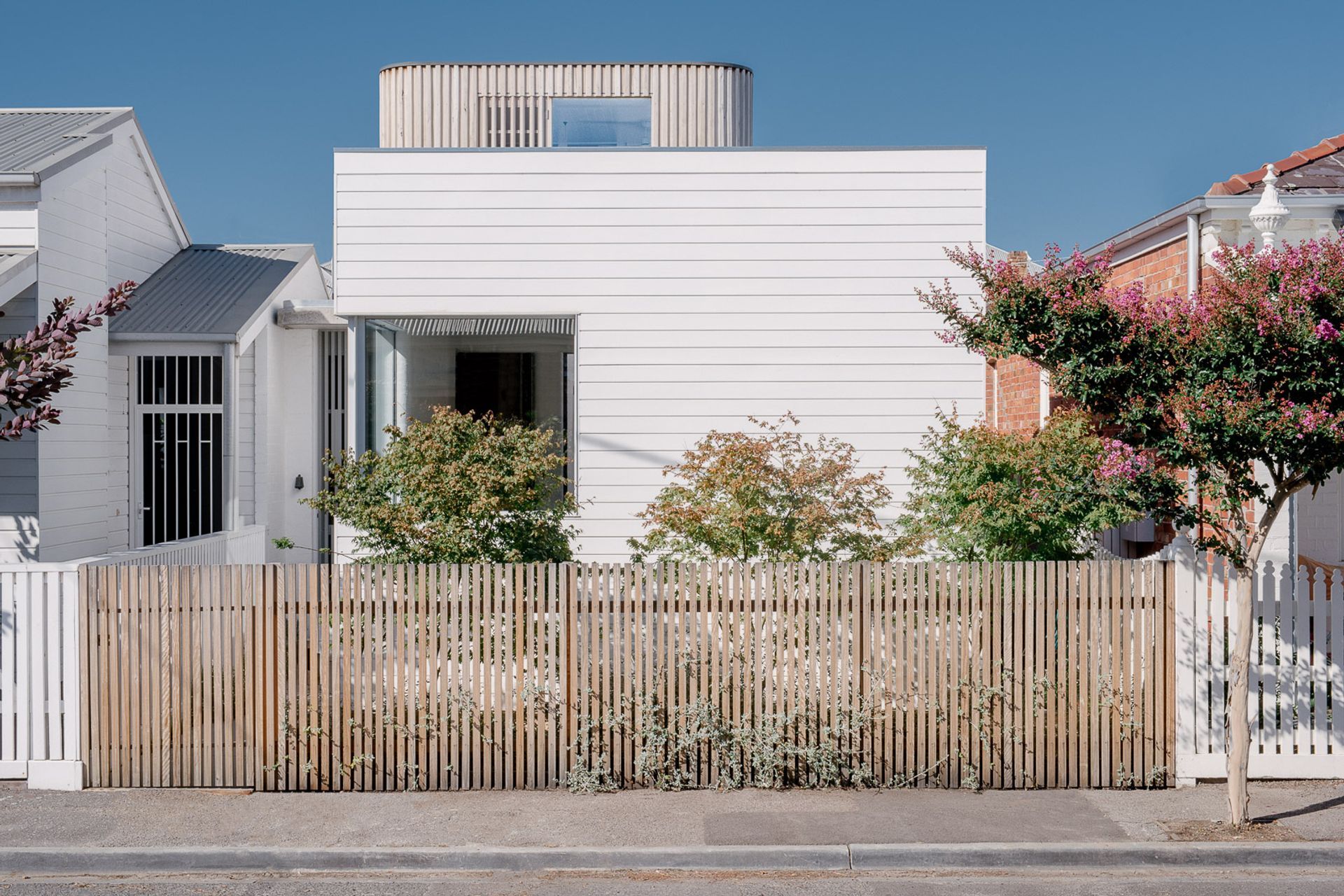How to design a modern house facade for your dream home

A striking house facade is key to making a home stand out. From selecting materials and choosing an architectural style to ensuring your choices are practical, there's a lot to manage to create a facade that complements your home. In this guide, we'll cover all the important aspects you'll need to consider, from choosing the right materials to styling your front yard.
Choosing materials for your facade
There are a few key factors that go into choosing facade materials, including their suitability to your local climatic conditions and maintenance requirements:
Suitability for your local weather conditions
The weather and climatic conditions in your area can dictate which materials are suitable to use on your home’s facade.
For example, in areas with high humidity, heavy rainfall, and risk of cyclones, such as Cairns and Darwin, selecting facade materials that offer resistance to moisture absorption, prevent mould and rot, and are strong enough to withstand high wind speeds is key. Some materials to consider are:
Roofing - Consider high-grade metal roofing, such as stainless steel or aluminium. These metals are lightweight, reflect sunlight to reduce heat gain, and are strong enough to resist wind damage.
Cladding - Options such as composite cladding, fibre cement cladding, and aluminium cladding are all strong options for subtropical areas due to their high resistance to moisture and heavy rainfall and their ability to stand up to the intense sun without fading or warping.
Windows and doors - After roofing and cladding, you can start thinking about other functional elements such as your windows and doors. In high-humidity areas, your windows and doors should be fitted with high-impact glass to withstand high winds and framed with aluminium for further protection.
Decking and outdoor spaces - materials for decking, such as composite and hardwood timber, are worth considering.. Composite decking is made from a blend of recycled wood fibres and plastics, making it well-suited to resist moisture, warping and rotting. Hardwood timber decking appealing for its natural beauty, includes species like teak or blackbutt, which also boast impressive moisture- and rot-resistant properties.
Related article: 11 modern exterior cladding ideas to inspire your next project
For other climatic conditions common in Australia such as arid and semi-arid regions and more temperate coastal regions, other materials are worth considering:
Roofing - for arid and semi-arid areas, roofing options such as polycarbonate roofing and slate or concrete tiles, which are suitable for areas with extreme temperature variations, work well. In temperate coastal regions, terracotta or slate tiles are effective. Terracotta has natural insulation properties that help reduce heating and cooling requirements, and both materials can withstand heavy rain and ocean spray.
Cladding - Fibre-cement cladding and brick veneer are solid options for arid and semi-arid areas; both are fire-resistant and offer good thermal mass, which helps keep interiors cool during the day and warm at night. For temperate regions, composite cladding and various forms of metal cladding work well due to their lightweight nature and resistance to moisture and salt.
Windows and doors - for arid and semi-arid areas, you should prioritise materials that offer high thermal efficiency to keep interiors cool, such as fibreglass and vinyl. For temperate areas, wood and aluminium-clad wood are popular—wood for its excellent thermal performance and aluminium for its weather-resistant capabilities.
Decking and outdoor spaces - concrete and stone are excellent materials for arid areas. These materials do not retain as much heat as wood, so they are cooler underfoot. Maintenance requirements are also low, and they are highly durable against the harsh sun and heavy rain; in more temperate areas, options include, timber, treated hardwoods and composite decking materials. Hardwoods such as teak or blackbutt resist moisture and decay, while composite materials are low maintenance and rarely splinter or warp.
Related article: 13 decking timber options - which is best for you?
Maintenance requirements and longevity
It's important to consider the maintenance required to keep any chosen materials in good condition. Ideally, these materials should have relatively low maintenance requirements and a long lifespan.
Roofing - there are plenty of desirable roofing materials that are both low maintenance and boast impressive lifespans. Metal roofing, for example, requires only occasional cleaning and inspection for damage and can last over 50 years if properly cared for. Other popular materials, such as slate tiles, can last over 100 years. While also low maintenance, regular checks are necessary to ensure the individual tiles remain in good condition.
Cladding - cladding options such as brick, brick veneer, weatherboard (timber cladding), and fibre cement all meet the criteria for low maintenance and long lifespan. Bricks can last over 100 years, requiring only occasional cleaning and checks for mortar deterioration. Repointing may be necessary every 25 to 30 years. Brick veneer has a lifespan ranging from 50 to 100 years. Weatherboards can last approximately 40 to 50 years, depending on the type of wood used. Fibre cement cladding typically has a lifespan of 50 to 60 years.
Windows and doors - window materials such as vinyl and fibreglass are relatively low maintenance, requiring only cleaning and occasional lubrication of moving parts. Wooden frames are popular but may require more care, with regular painting or staining needed.
Architectural style - It's key to consider the architectural style of your home when designing a facade, as certain materials will fit certain styles better than others. For example, for Queenslander homes, materials such as timber weatherboards are commonplace, as well as iron for a corrugated roof. Whereas for beach homes, hardwood timber cladding, or composite materials are commonly used for their resilience against the harsh sun.
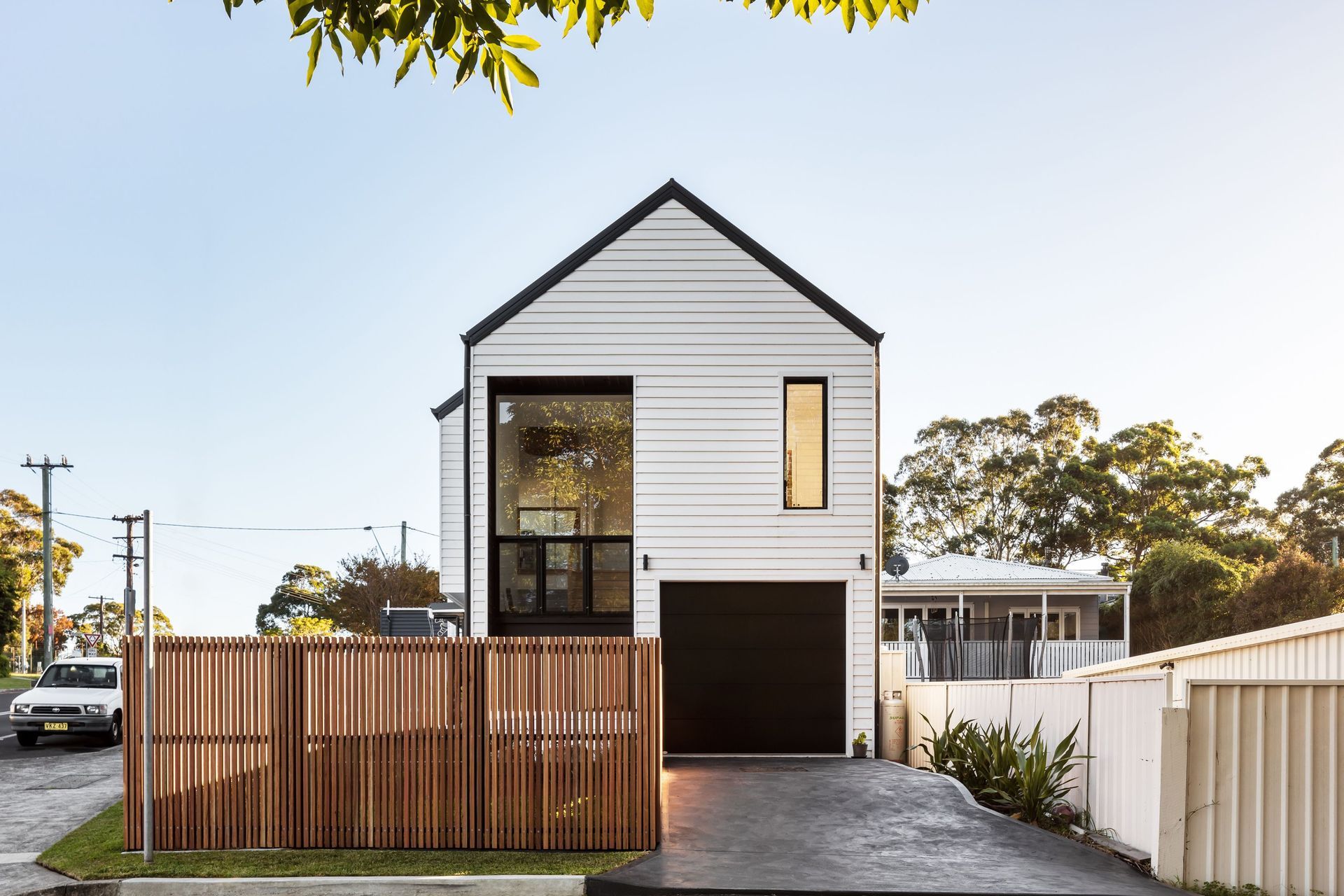
Choosing individual features
Some of the key individual features you'll need to consider for your home facade include:
Windows
For windows you'll need to consider style, material, size and placement, energy efficiency, cost and more.
Style - the style of the windows you choose should be in harmony with the building's overall design theme.
Material - the most common window materials are: wood, vinyl, aluminium, fibreglass, composite and steel.
Size and placement - these two factors impact natural light, ventilation, and your home's interaction with its surroundings. Strategic window placement can maximise views and sunlight during winter, reducing lighting and heating demands.
Energy efficiency - the energy efficiency of windows is determined by their design, specifically, the number of glass layers and the type of coatings applied. Double or triple-glazed windows incorporate two or three layers of glass, respectively. Low emissivity (low-E) coatings are applied to the glass and work with the glass to reflect infrared heat back into the room, helping to keep it warmer in winter and cooler in summer.
Cost - cost is a multifaceted consideration; the more windows you require the more you'll pay. The initial outlay for high-quality, energy-efficient windows may be higher, but the long-term savings in energy bills and maintenance can offset these initial costs.
Garage doors
The factors to consider when choosing a garage door are similar to windows. You'll want your garage door to complement your home's architectural style, be made from a robust material such as steel, aluminium, or timber, be energy-efficient and be at a price point you're comfortable with. Some types of garage door worth considering are:
Sectional garage doors - these operate by assembling into sections that slide up tracks on either side of the garage opening. The design maximises vertical space inside the garage, making them an excellent choice for homeowners who use their garage for storage or as a workshop, in addition to parking vehicles.
Roller garage doors - these garage doors consist of a series of horizontal slats that coil around a drum located above the garage opening. They are particularly beneficial for garages with high ceilings or those requiring maximum use of overhead space, as the door rolls up into a compact box at the ceiling.
Side-hinged garage doors - these doors open outward from the centre, similar to traditional double doors, which provides straightforward, full-width access to the garage interior. This design is particularly practical for easy entry and exit without the need to move a vehicle, making it a convenient choice for garages used as workshops, hobby spaces, or home gyms.
Front door
There are numerous front doors available, each of which should serve as a welcoming introduction to your home and create a positive initial impression. Popular types of front doors include wooden, fibreglass composite, steel, aluminium, and glass doors. The material you choose will largely come down to your own personal preference.
Related article: 21 front door entrance ideas to help your home stand out
Landscaping tips for a stunning front yard
The design of your front garden can help bring your home's facade to life. Here are some general tips to keep in mind:
Plant selection:
Your plant selection is of course completely down to you, but if you're unsure some general tips include:
Choose plants that mirror your home's style - if your house facade has a particular style you may want to prioritise plants that suit the style. For example, if you have a coastal facade, plants such as coastal rosemary would be an appropriate addition.
Consider the seasons - choose a variety of plants for year around interest, evergreen plants can give you structure, deciduous plants are great for seasonal colour, while perennials work well for recurring blooms.
Climatic conditions are key - keep in mind your local climate, for example, if you live in an area with a lot of rainfall prioritise types of plants well-adapted to wet conditions.
Related article: 21 of the best shade-loving plants for Australian gardens
Lighting:
Architectural highlighting - certain lighting options, like spotlights, can emphasise the unique architectural features of your home. This could include gables, interesting textures, or custom woodwork.
Light up your pathway - if you want to illuminate a pathway to your home, consider in-ground LED lights that create a soft, glowing path leading up to your home. You could use lights that are flush with the ground or raised lights, depending on your preference.
Warm window framing - install soft, warm lights around your windows to create a welcoming entrance and to help them stand out. This can be done with LED strips hidden in the window frames, casting a gentle glow that outlines the windows without being overly bright or invasive.
Shadow play - employ lighting in a way that casts interesting shadows on your facade. This could involve placing lights near decorative plants or sculptures in your garden, which cast intriguing shadows on the walls of your home in the evening.
Doorway spotlighting - instead of a single porch light, consider a pair of discreet, angled spotlights to frame your front door. This can create a more dramatic and inviting entrance.
Related article: 11 of the best outdoor lighting trends for 2024
Mixing and matching different materials
Many modern facades incorporate different materials into their design, offering stylistic flexibility and the opportunity to reap the benefits of different materials. For example, a homeowner might want to clad a part of their facade with brick and another with a type of metal cladding. Aside from style, many homeowners will prioritise materials that offer a long lifespan and add value to their property.
Some popular materials that work well together include:
Brick and metal cladding - this combination pairs the, textured appeal of brick with the sleek, industrial look of metal. The natural colour variations of brick contrasts well with the futuristic feel in shapes and finishes in metal.
Wood and glass - combining wood with glass breaks down barriers between the interior and the natural world outside. The organic, comforting presence of wood frames complements the transparency and openness of glass. This pairing is ideal for designs emphasising greenery and natural light are key such as barn-houses or farmhouse's or specific rooms such as conservatories or sunrooms.
Stone and steel - this combination leverages the contrasting strengths of stone and steel. The ageless, rugged beauty of stone anchors buildings with a permanence and tradition, while steel introduces a streamlined, precise edge that can span great distances and create daring architectural forms.
Related article: Weatherboard vs brick: a look at the pros and cons of each
Choosing an architectural style
Numerous house facade styles are available, and they're often characterised by a particular architectural style, here are some tips to consider if you're unsure of the style you want to go for:
Reflect the character of your home - the architectural style you choose should complement your home's inherent character and history, especially if it has distinctive features or belongs to a specific period. For example, a Victorian-style home might benefit from ornate detailing and traditional materials, while a modern home might lean towards more contemporary materials.
Consider the local environment and climate - the choice of architectural style should take into account the local climate and environmental conditions. For instance, homes in coastal areas might opt for styles that emphasise open, airy spaces to take advantage of sea breezes and the fresh coastal air.
Integrate with the neighbourhood - while expressing individuality is important, consider how your home's architectural style fits within the context of the surrounding neighbourhood. A radically different style can make your home stand out, but not always in a positive way. Achieving a balance between uniqueness and harmony with the neighbourhood can foster a sense of community and even support your home’s resale value.
Future-proof your design - architectural trends can change, so when selecting a style for your home, consider timeless elements that will remain appealing over the years. This might mean opting for a more classic style or incorporating adaptable features you can easily update. Also, consider the sustainability of the materials and designs you choose. Energy-efficient designs, durable materials, and styles that can adapt to future needs will help ensure your home remains functional, comfortable, and attractive in the long term.
Related article: 17 stunning house facade ideas from Australian homes
Lot's of modern house facade ideas to consider
When it comes to designing your home's facade, there are a lot of different directions you can take. The key design decisions come down to choosing the right materials, maintaining the principal facade features, and keeping the overarching architectural style in mind. If you can do these three things, you'll be set to create a facade for your home that takes the breath away.

